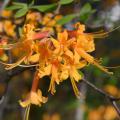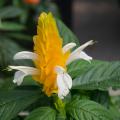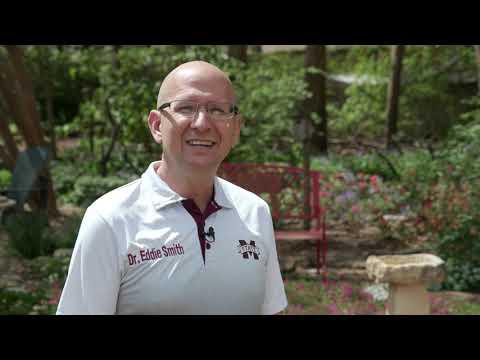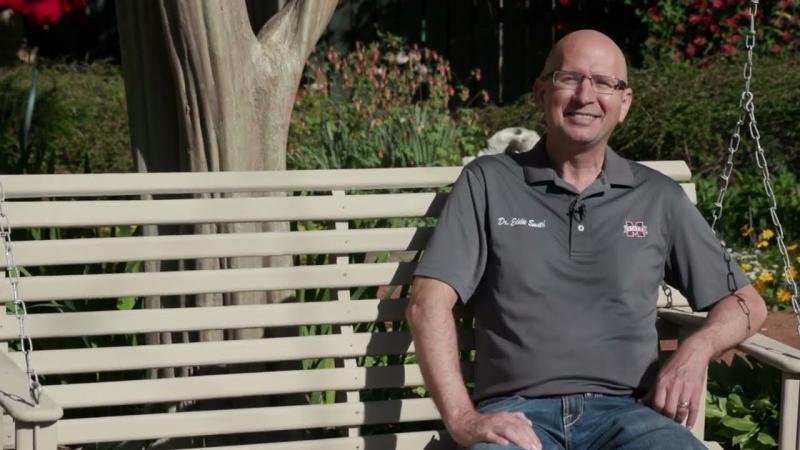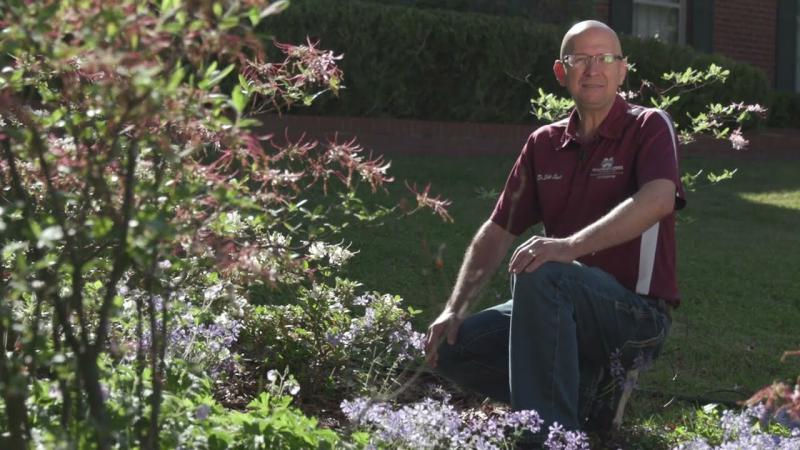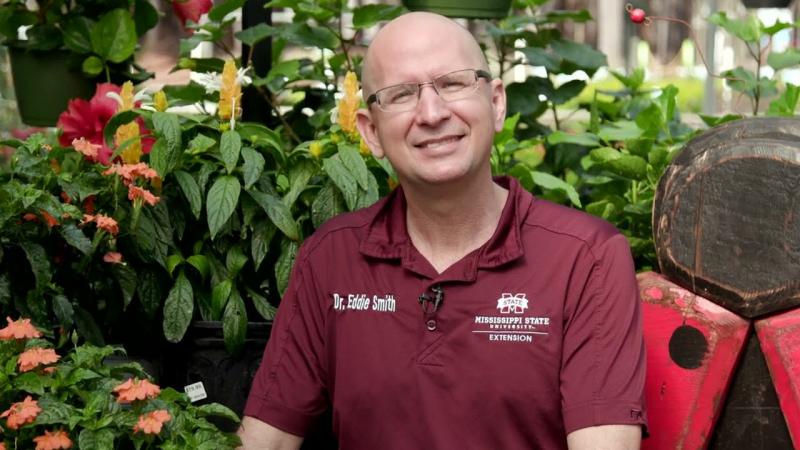Perennial Propagation
Though most perennials may take a couple of years to flower from seed, many are as easily started as annuals. The quickest way to have blooming plants, however, is by vegetative propagation, such as by dividing old plants or rooting stem cuttings. Plants produced vegetatively have all of the traits of the "mother" plant. Propagation by division may seem difficult at first, but most gardeners find that dividing crowns and roots and separating bulbs takes very little experience and can be mastered quickly. Try dividing monkey grass for experience; then move on to daylilies, and before long you will have the hang of it.
Perennial plants with shallow roots are easily pulled apart by hand. Long fibrous roots can be pulled apart with a hand fork. Thickly intertwined roots may need more forceful separation or cutting with digging forks. Replant only those segments with strong roots and a few intact leaves or crowns.
In general, it is best to divide perennials during their dormant or "off" season; divide spring bloomers in the fall and fall bloomers in spring. Some perennials may need dividing every 3 or 4 years, or they will slowly crowd themselves into clumps of nonflowering leaves and roots.
Many perennial plants may be propagated from stem cuttings, which does not disturb the plant's roots. Take stem cuttings during the spring or early summer, choosing stems that are mature and firm but not yet hardened and woody. Cut off 4- to 6-inch segments using a sharp knife or shears, and pinch off the succulent tip and any flower buds to force the cuttings to concentrate their energy on producing roots. Remove the lower leaves that will be below the surface of the rooting medium, but leave a few leaves to provide a source of energy for root initiation and growth.
Because of disease or weather conditions, cuttings often will not root directly in garden soils. They may be easily started in a pot containing a porous, well-drained rooting medium, such as a 1:1 mixture of perlite and peat moss. Coarse sand and vermiculite are also used as rooting soils. These mixtures will hold moisture and yet allow drainage for air circulation. Root-stimulating compounds, including those that contain fungicides, are available at most garden centers. Using a blunt stick, pencil, or finger, open a hole in the rooting medium and insert the treated cutting. Firm the medium around the cutting and water in well.
Many commercial growers use a mist bed to keep cuttings from wilting, but this is usually not feasible on a small scale. You may easily construct a humidity tent from plastic film loosely draped over a frame covering the cuttings. Place the tent in bright light, but prevent overheating by making sure the tent is not located in direct sunshine. Keep the plastic loose to allow air circulation. Avoid direct contact between the leaves and the plastic. The tent will serve as a tiny greenhouse and will maintain a good rooting environment with daily light watering. Rooting often occurs within 3 or 4 weeks. By the time new leaves begin to appear on cuttings, roots are usually formed. Remove the plastic tent and water regularly until plants are firmly established.
Transplant newly rooted plants into prepared beds or pots and place in a bright, protected area until you are ready to set them into your garden or share them with others.
Publications
News
I recently had the pleasure of visiting my friend Sarah Young’s gardens in Tupelo, and I enjoyed her stunning collection of plants that are perfect for Southern gardens.
During my visit, I was amazed by her spring-blooming native plants, especially the native azaleas which were in full bloom. Their white, pink, yellow and orange flowers were absolutely breathtaking.
I recently visited with the DeSoto County Master Gardeners and had the opportunity to tour their learning garden/arboretum at the DeSoto County Extension office in Hernando. Some of the plants, trees and shrubs were starting to come out of their winter slumber, showing some beautiful spring color. I noticed that the arboretum area was adorned with a Possumhaw viburnum in full bloom.
During my Southern Gardening travels across Mississippi, I have observed how plants grow differently across the state. For example, several perennial plants that typically grow in some areas act as annuals in other areas due to colder winter temperatures.


